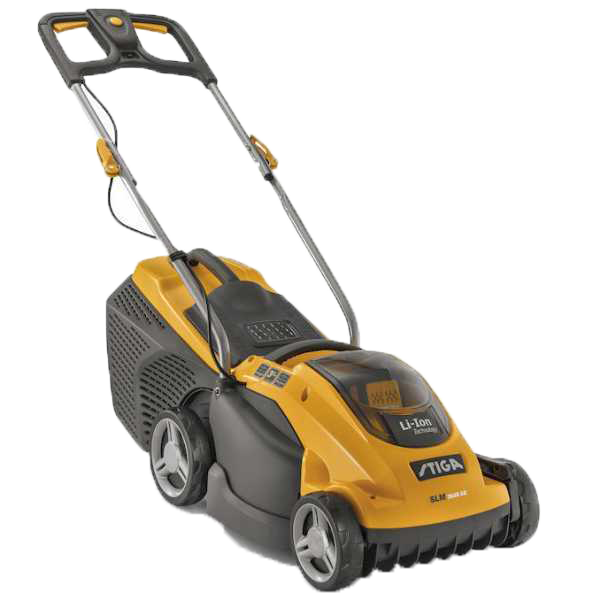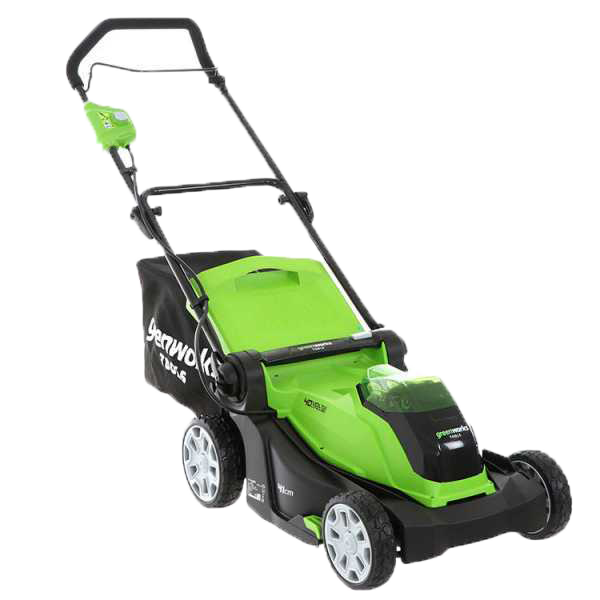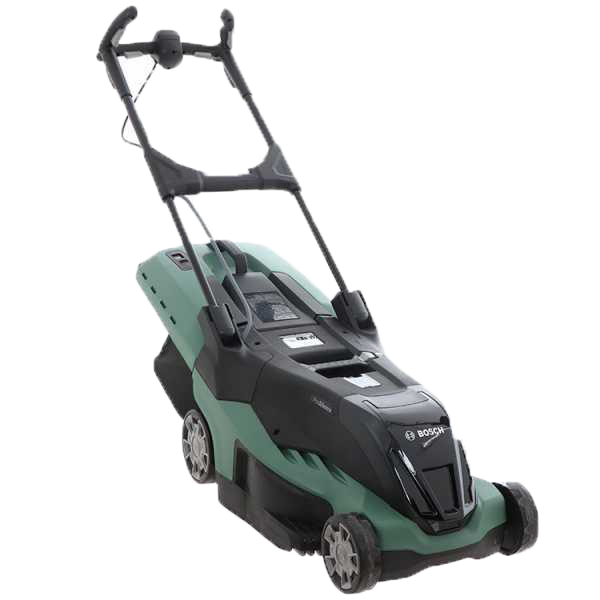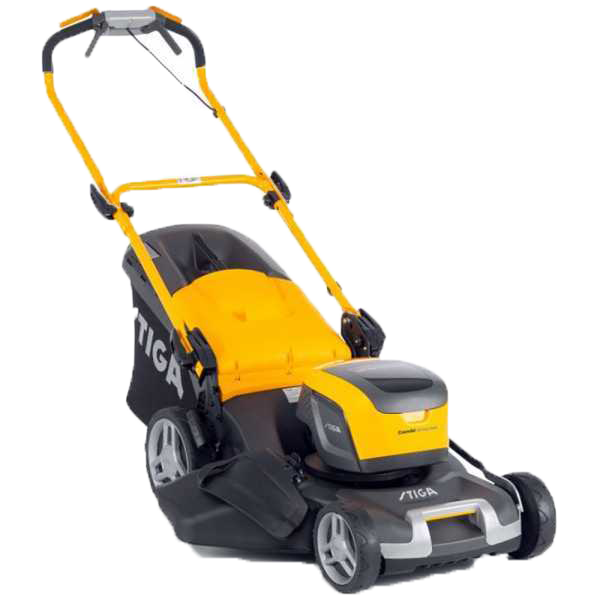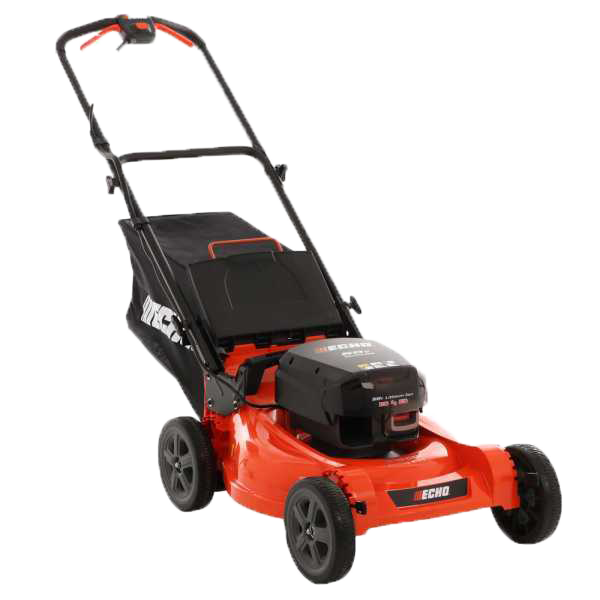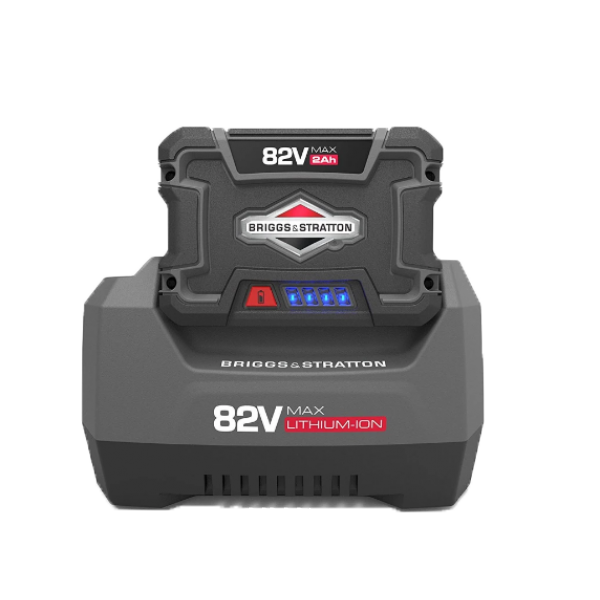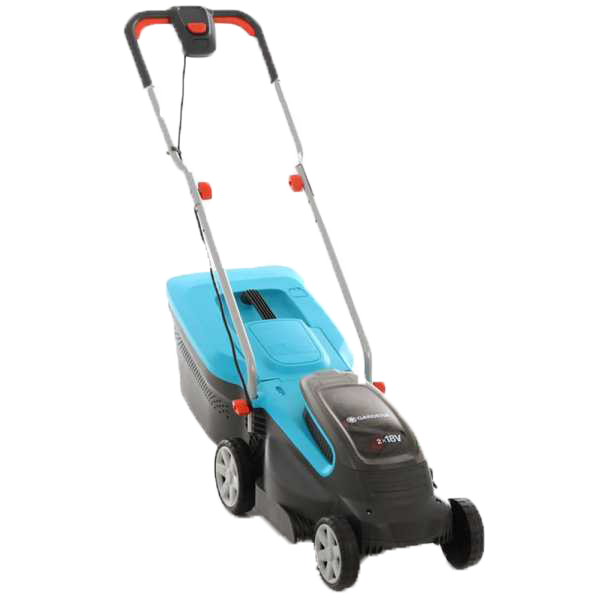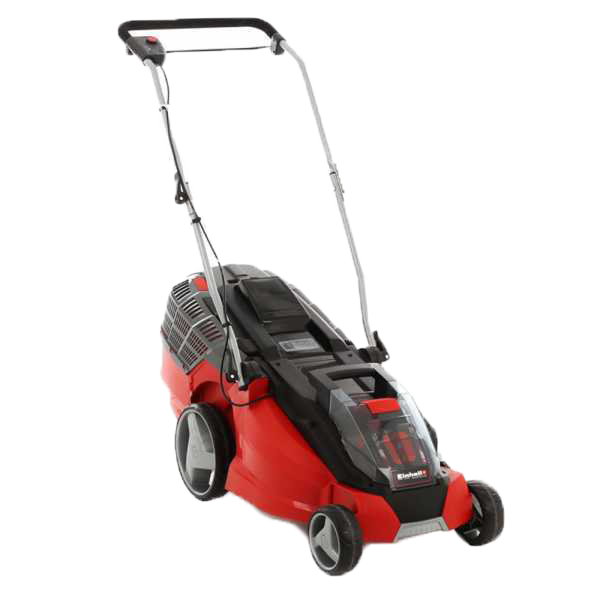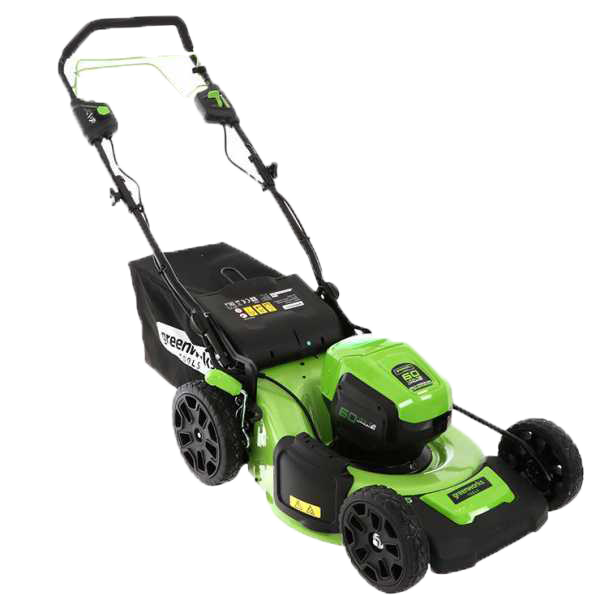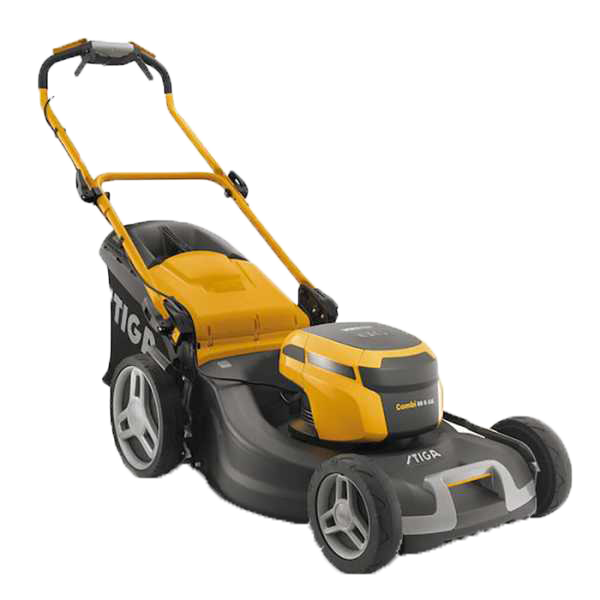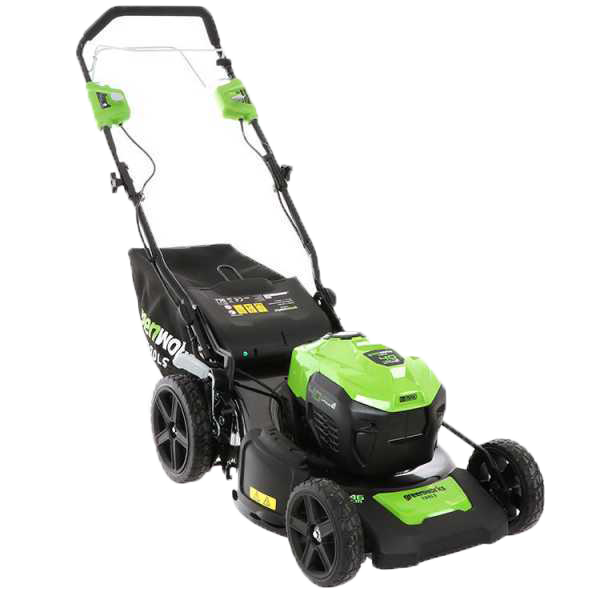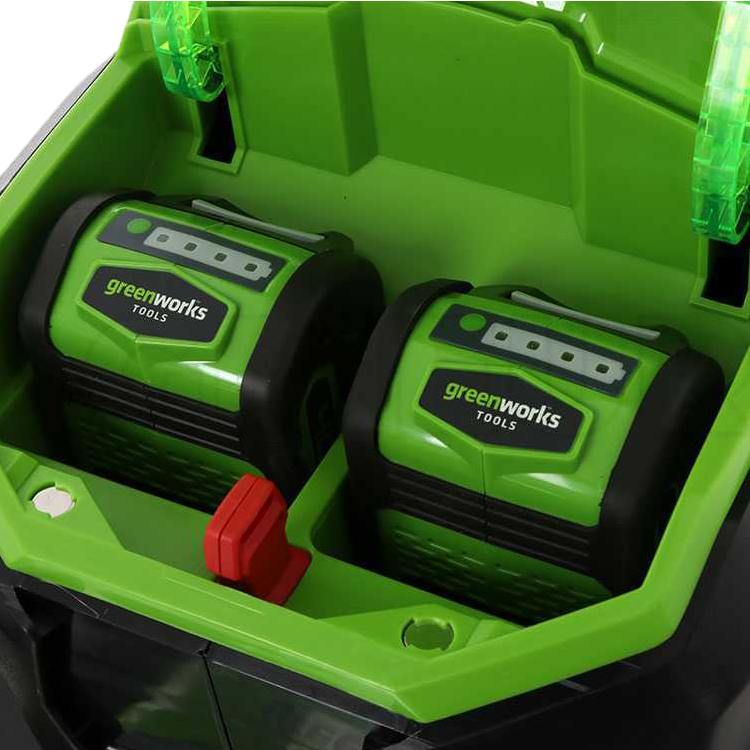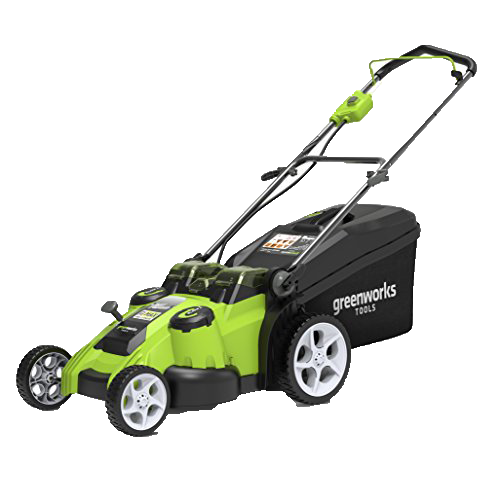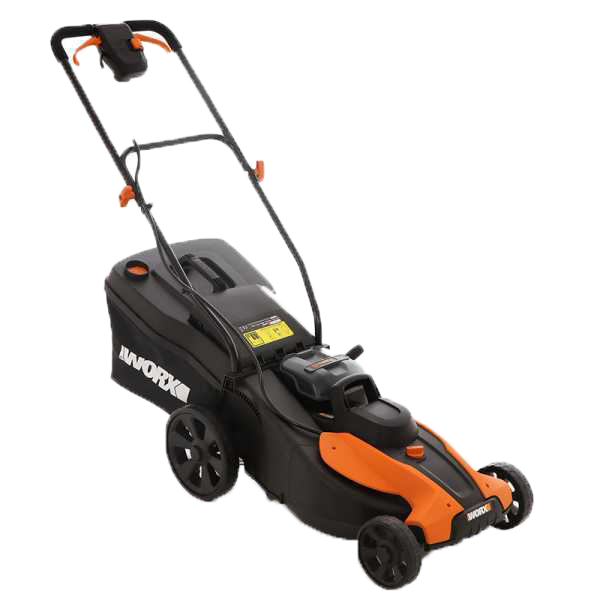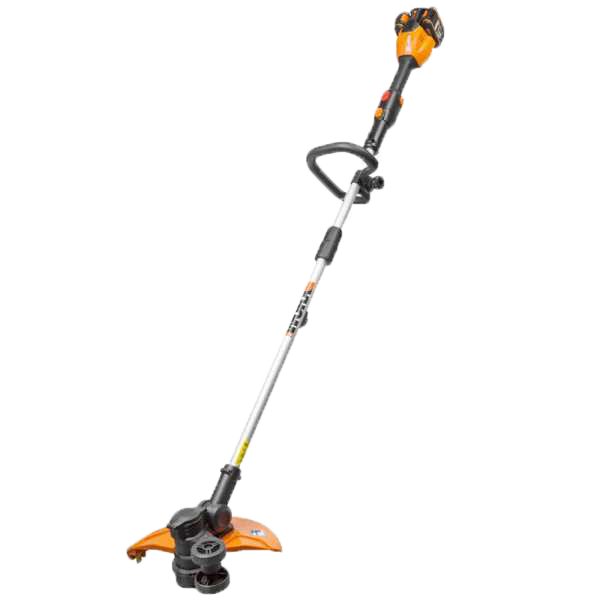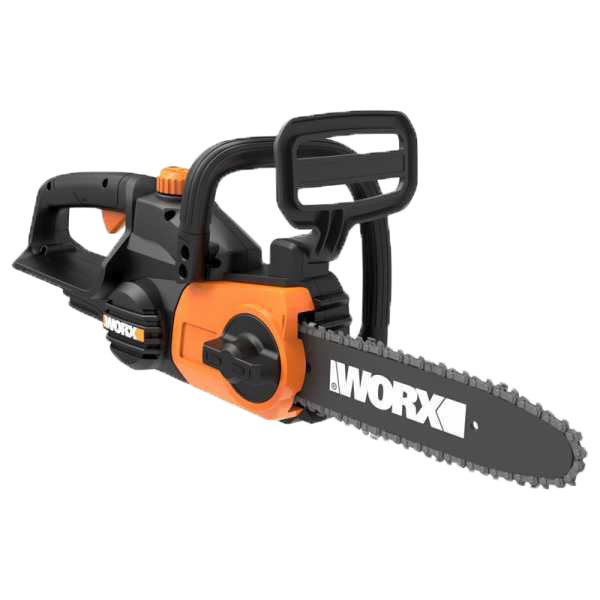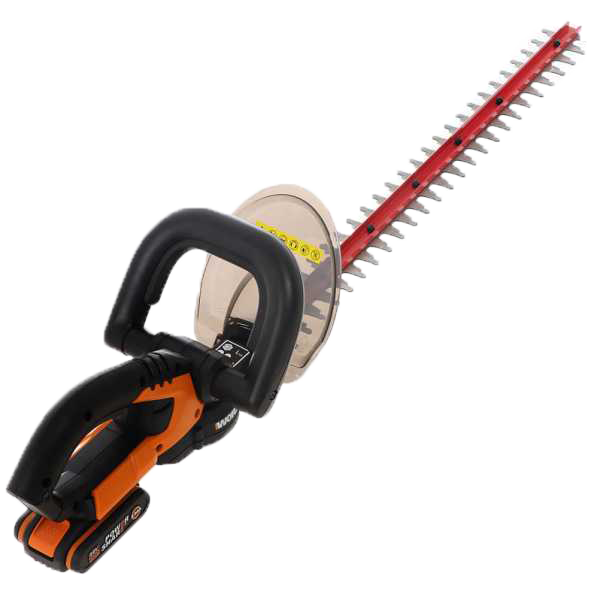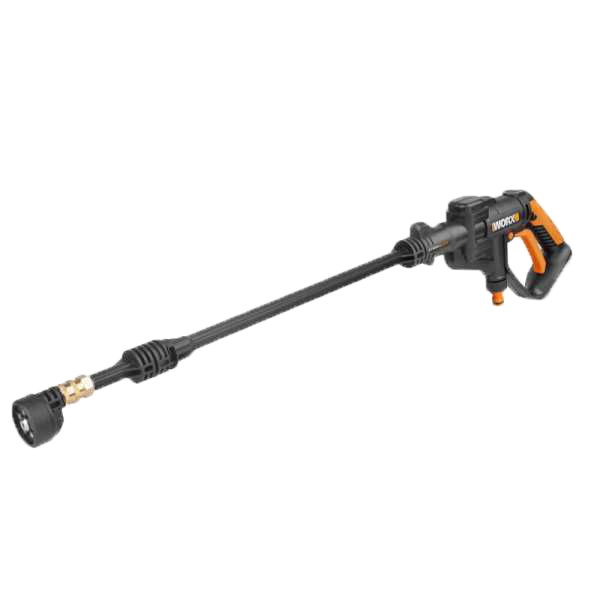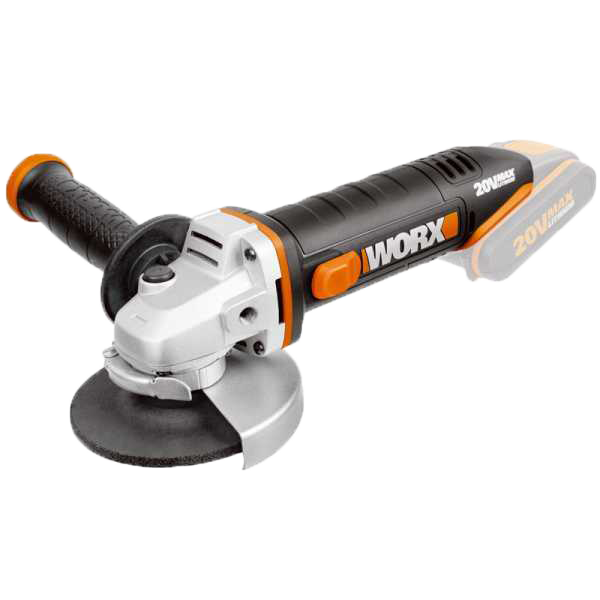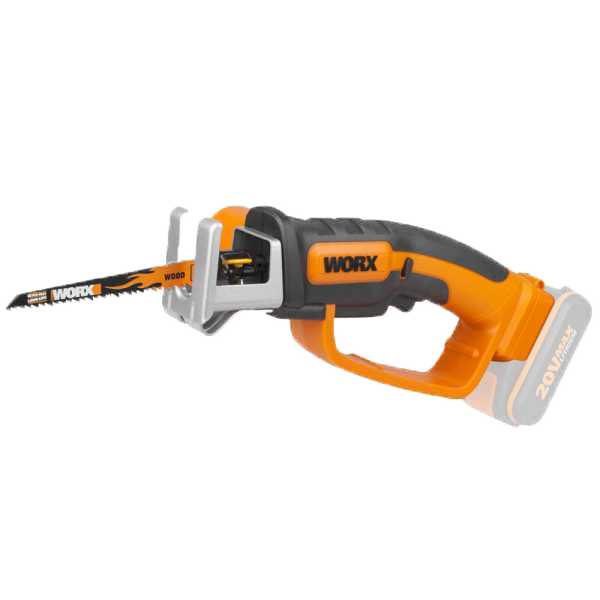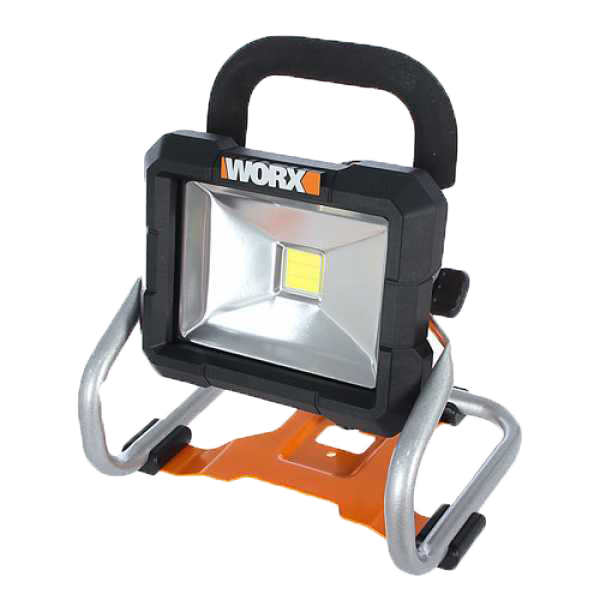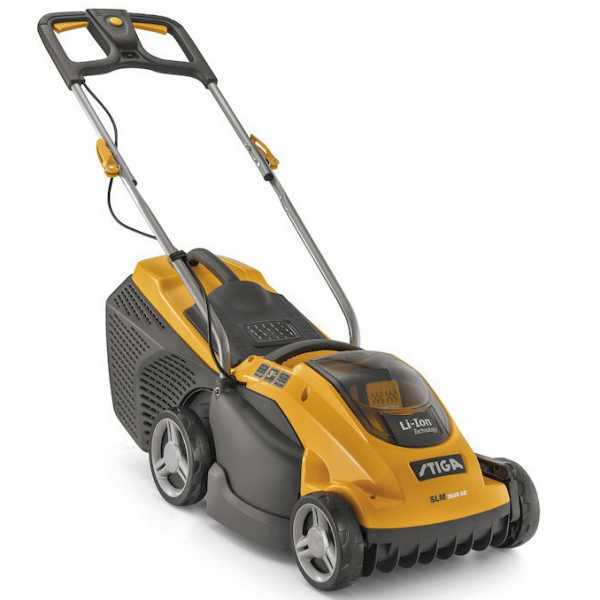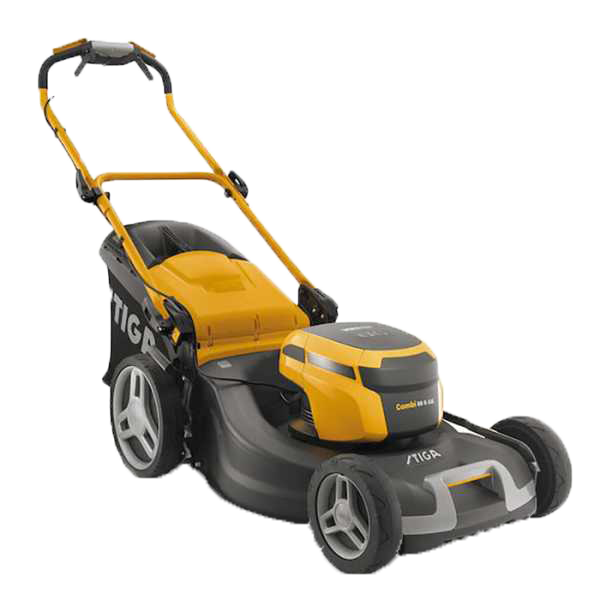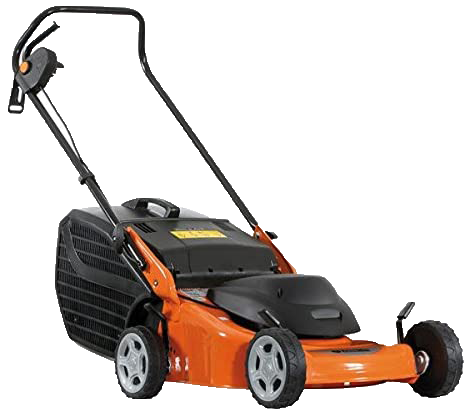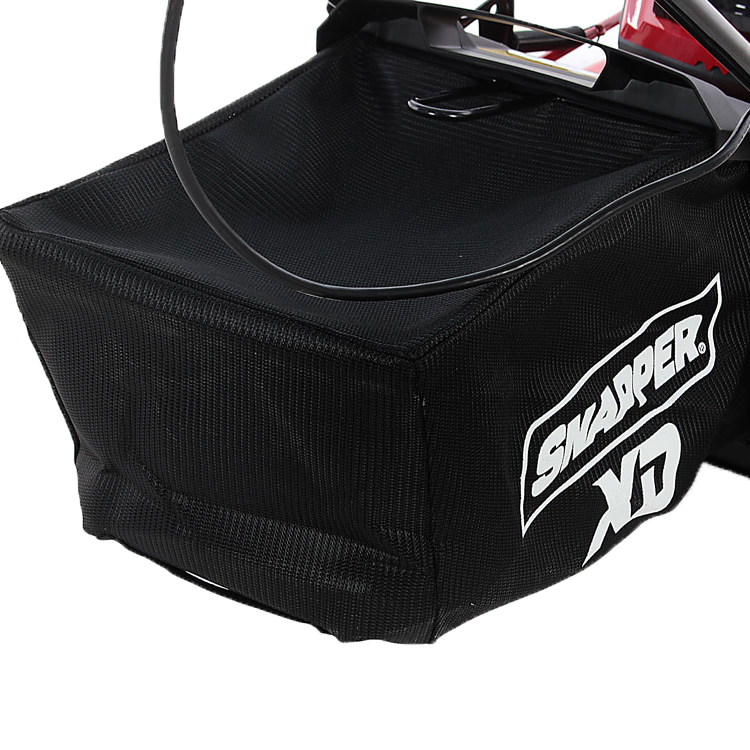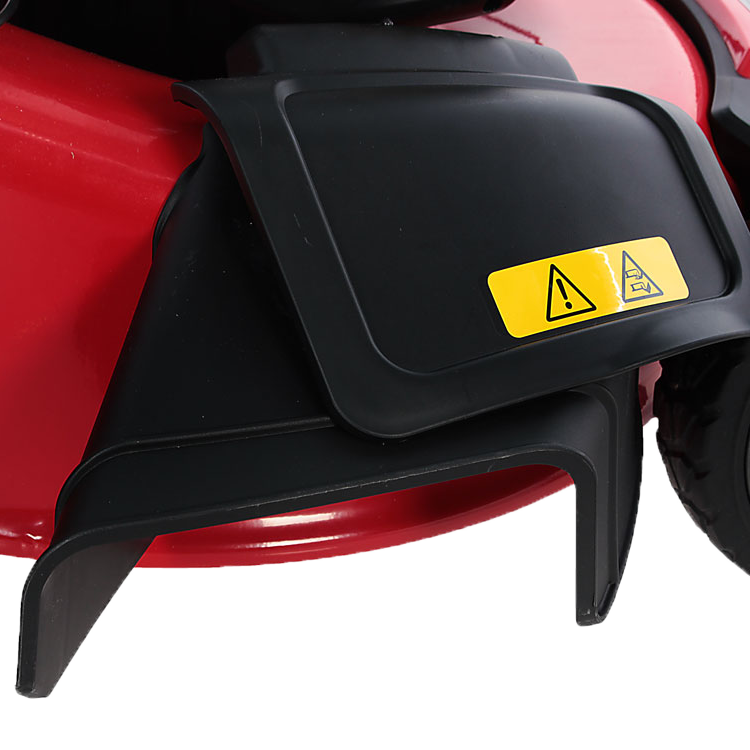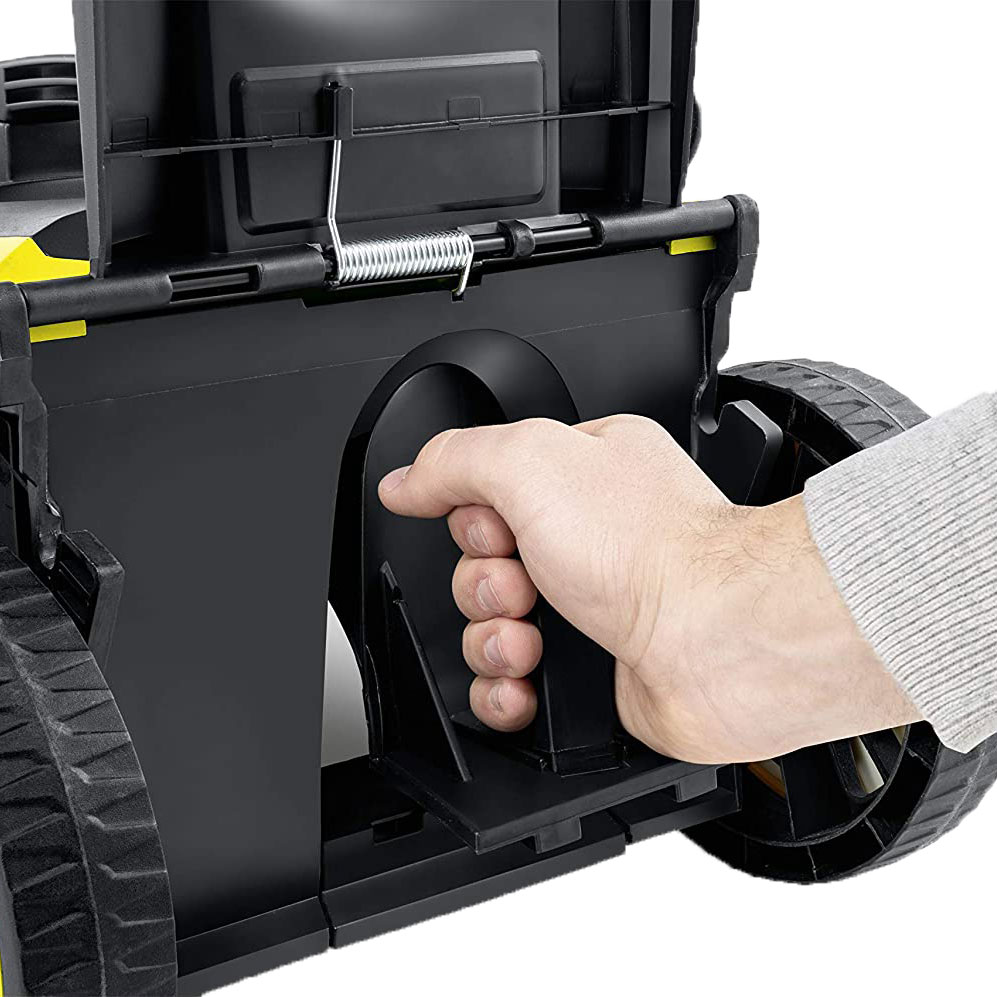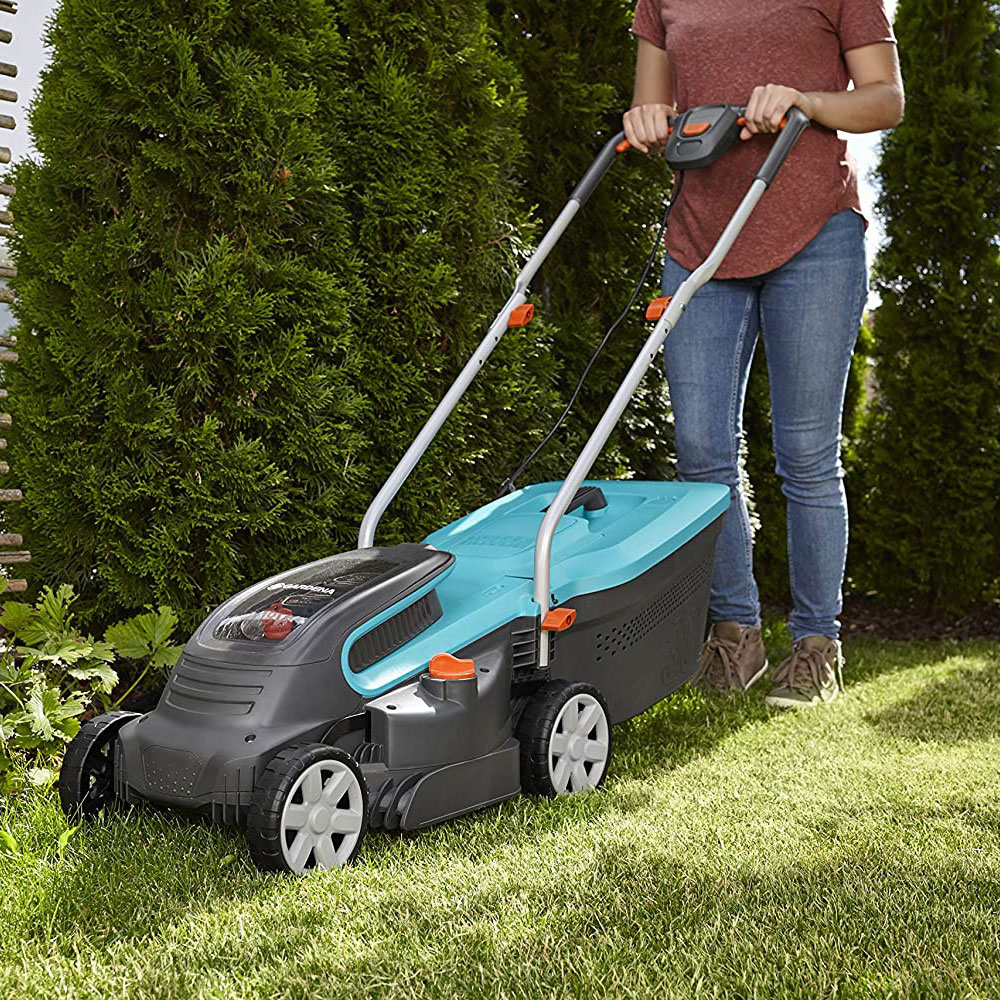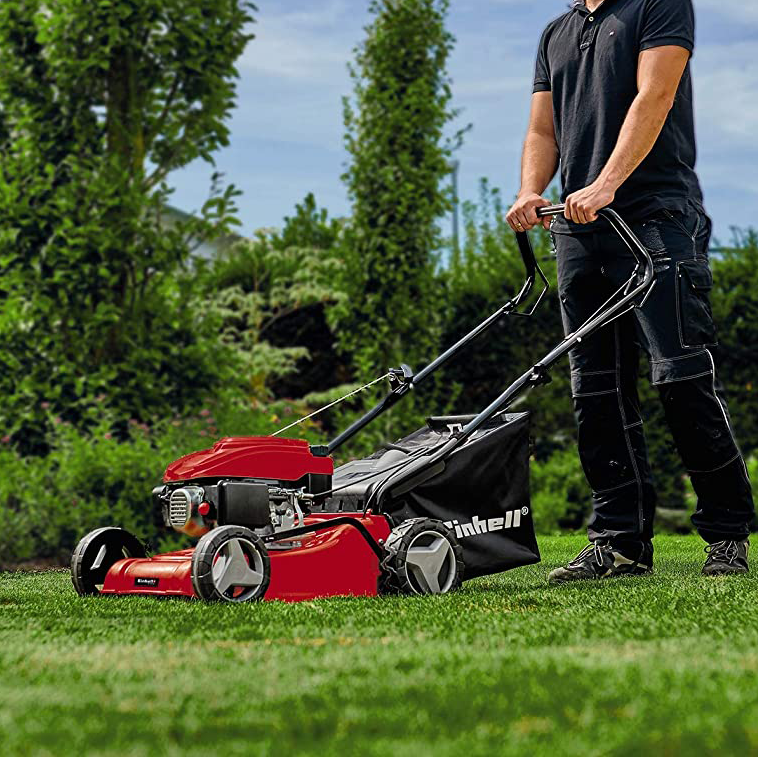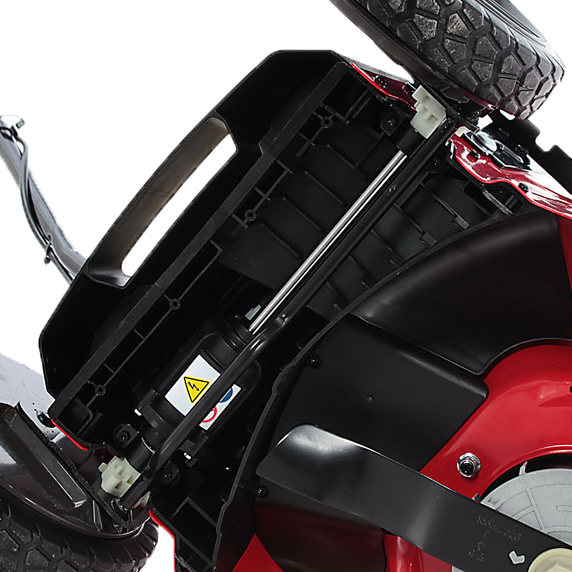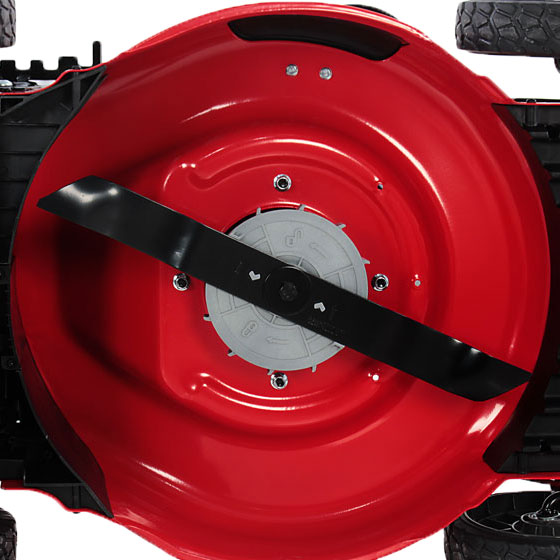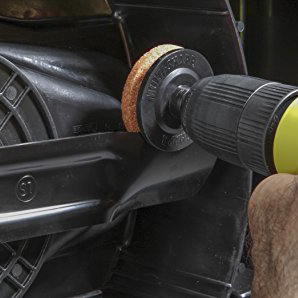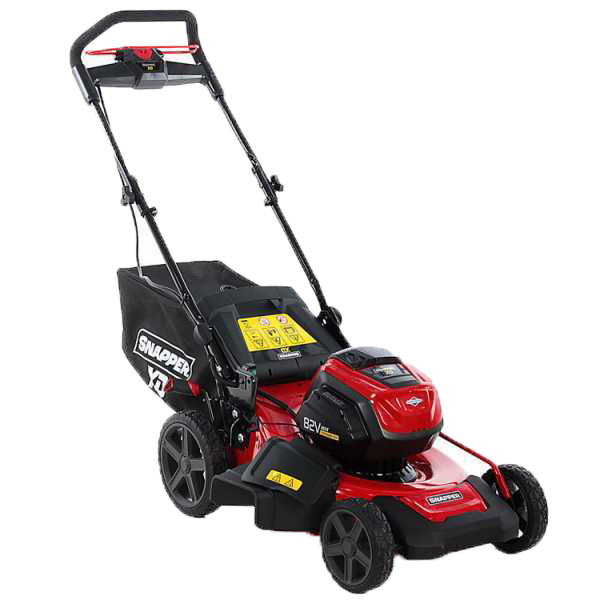The Complete Guide to help you choose the Best Battery-powered Lawn Mower
by the Real Experts of Gardening Equipment
CONTENTS
1. Introduction
The number of battery-powered lawn mowers on the market is growing at a rapid pace, stealing more and more of the share not only from electric lawn mowers but also from 2/4-stroke lawn mowers.
Indeed, when the first models were introduced to the market about 10 years ago, they were all small-sized and represented a direct alternative to the electric lawn mower, only without the need for a power cable. Today, however, as technology has evolved, they have come to represent the very top of technology in the field of lawn mowers, and they have also grown a lot in size, so that today there are models ranging from small battery-powered lawn mowers that can be purchased as a direct alternative to the small electric lawn mower, to large models that can perfectly perform the functions of a larger 2/4-stroke lawn mower. The main achievements that made this possible are the following:
- the implementation of increasingly powerful motors (up to 80 volts or even 120 volts);
- the great progress made in greatly increasing working autonomy, thanks mainly to technologies such as high amperage lithium batteries;
- the increasingly widespread fitting of the self-propelled attachment;
Today, a larger electric lawn mower can cut an area of up to 1500 sq m with great ease.
2. Main features
1) Certainly the main one is ease of use. This is because its use is similar to the main battery-powered equipment now widespread in all sectors, for which everyone is used to recharging the product with the charger supplied, before using it. To this we should also add two further advantages that set battery-powered lawn mower apart from traditional electric and 2/4-stroke lawn mowers:
- no power cable, which can be very inconvenient on a lawn mower that can also work over medium to long distances
- no need to find or keep fuel available, and no specific motor starting procedure to be known and implemented. It is certainly easier and more immediate to press a button or pull a lever to start the motor.
2) This is followed by the second advantage, the almost total absence of maintenance, limited exclusively to keeping the battery charged (especially in periods of prolonged inactivity), and sharpening the blade regularly.
The advantage is therefore undeniable compared to a 2/4-stroke lawn mower, which requires more elaborate maintenance (keeping the fuel fresh, checking the oil level and replacing it regularly, cleaning the air filter, checking and replacing the spark plug).
3. Lawn mowers cutting width
Let’s classify electric lawn mowers by size, or rather by cutting width:
| 30/35 cm blade | Very small battery-powered lawn mowers | Up to 150 sq m |
| 36/40 cm blade | Small battery-powered lawn mowers | 200/300 sq m |
| 41/45 cm blade | Medium-small battery-powered lawn mowers | 350/500 sq m |
| 46/50 cm blade | Medium-large battery-powered lawn mowers | 600/800 sq m |
| 51/55 cm blade | Large battery-powered lawn mowers | 900/1500 sq m |
When the first battery-powered lawn mowers came out about 10 years ago, they were all equipped with lead-acid batteries.
4. Battery type
There are two main types of battery:
- Lead-acid battery
- Lithium battery

Lead-acid battery 
Lithium battery with charger
The lead-acid battery was the first to enter the market (about 10 years ago) and was fitted on battery-powered lawn mowers, but it has now almost disappeared from the market (and not only from these types of gardening machinery, but from the majority of equipment). If you find models with a lead-acid battery, we do not recommend purchasing them. Why? Because this type of battery lasts only a few years, and during those years it tends to lose charging capability very quickly, due to the memory effect.
Today, almost all the latest generation of battery-powered lawn mowers of all sizes are equipped with lithium battery. There are different lithium technologies (lithium, lithium ion, lithium ion+, lithium-polymer, etc.), of which it is objectively difficult to say which is the best. The most important thing in our opinion is simply to make sure that the lawn mower is equipped with a lithium battery. The next and even more important step is to determine the level of power and running time that best suits one’s needs.
5. Power – Working autonomy
These are the two fundamental technical data that determine the power and working autonomy which are listed on the datasheet of every battery-power lawn mower on the market:
V = Voltage
A = Amperage
Voltage is generally considered to be the power of the lawn mower, while Amperage is commonly associated with working autonomy.
These associations are only partially true as in reality both data affect power output and working autonomy. Then let us introduce a third figure, the power of the motors of electronic devices (or their batteries), which is expressed in watts:
W = watts
This information is often not found in the datasheets, so how do you get it?
W = V + A (watt = voltage x amperage)
Let’s take an example: a lawn mower with 40 volts batteries and 4 amperes will have a power of 10 x 4 = 160 watts.
Warning: do not compare the watts of a normal electric lawn mower with the calculated watts of a battery-powered lawn mower, as they do not have the same power rating (for example, we would be comparing the 1600 watts of a normal electric lawn mower with the 160 watts of a battery-powered lawn mower, which are based on different calculations that would make a battery-powered lawn mower appear less powerful, when most of the time this is not the case)
We therefore recommend that, on the models you are evaluating, you multiply the voltage by the amperage, and compare this final figure to assess the powers.
However, a higher voltage figure will tend to indicate a higher power output on the blade, while a higher amperage figure will tend to indicate a higher working range capacity.
In this respect, check the “battery running time” or “working autonomy” data often indicated by some manufacturers in the product datasheet.
Below is classification based on power/working autonomy levels:
| 18/20 Volts | 2 or 4 Ah | very low power | very small electric lawn mowers with 30/34 cm cutting width |
| 24 Volts | 2 or 4 Ah | low power | small electric lawn mowers with 35/38 cm cutting width |
| 36/40 Volts | 2 or 4 Ah | medium-low power | medium-small electric lawn mowers with 39/42 cm cutting width |
| 48 Volts | 2.5 or 5 Ah | average power | medium electric lawn mowers with 42/44 cm cutting width |
| 60 Volts | 2.5 or 5 Ah | medium-low power | medium-small electric lawn mowers with 45/47 cm cutting width |
| 80 Volts | 2.5 or 5 Ah | medium-low power | large electric lawn mowers with 48/53 cm cutting width |
| 120 Volts | 2.5 or 5 Ah | very high power | large electric lawn mowers with 48/53 cm cutting width |
Power levels are almost always proportional (not to say progressively corresponding) to the size of the machine.
How do I calculate the power of battery-powered lawn mowers with 2 or more batteries?
Today, in fact, many renowned manufacturers are increasingly turning to the use of smaller batteries applied in greater numbers to their equipment. Today, there are battery-powered lawn mowers equipped with 2,3 or even 4 batteries!

Greenworks Battery-powered Lawn Mower with 2 Batteries 
2 Greenworks batteries 
Greenworks Battery-powered Lawn Mower with 3 Batteries
Manufacturers generally suggest adding up the voltage of each battery supplied.
Examples:
* lawn mower with 2 18-volt and 2 Ah batteries ==>> equals 36 V – 2 Ah
* lawn mower with 3 20-volt and 2.5 Ah batteries ==>> equals 60 V – 2.5 Ah
6. Multifunctionality
As we have already seen in the previous section, one of the key elements involved in the purchase of a battery-powered lawn mower is MULTIFUNCTIONALITY.
In fact, the aim of every manufacturer, starting with the most renowned ones, is to provide their brand-loyal customers with not just a single piece of equipment, but an extended range of tools, all of which use the same power supply unit(s), a single battery (or 2 or 3 identical batteries) and a single charger. This is the case with the Worx range shown below:

Lawn mower 
Brush cutter 
Electric chainsaw 
Blower 
Hedge trimmer 
Pressure washer 
Angle grinder 
Drill 
Pruning saw 
LED spotlight
This saves a lot of money, as more than half of the cost of battery-powered equipment can be determined by the cost of the battery (and to a lesser extent the charger). So this system allows you to buy one battery or 2 batteries to power many different types of equipment, with considerable economic savings.
The second advantage is the convenience of having only one charger and one type of battery to charge to operate all the equipment in your garage!
The latest trend also sees many manufacturers moving towards increasingly smaller batteries, but used in multiple quantities on equipment with high power consumption or high working autonomy requirements.
In this way they are able to cater, in an extremely flexible way and with the same type of small battery, from the power tool (such as a drill) that has low absorption and feature only one battery, to the medium-absorption appliance (such as an electric chainsaw) that perhaps houses 2 batteries, up to the large, heavy-duty tool (such as a large series lawn mower) that has high absorption and usage requirements and can have up to 3 or 4 batteries.
The aim is therefore to make all this very different equipment work with a single type of battery (and charger).
7. Types of lawn mower housing
There are mainly two types of housing:
- ABS (plastic) housing – hobby range
- Enamelled steel housing – semiprofessional

ABS housing 
Enamelled steel housing
The ABS plastic housing is generally found on the first 4 categories listed above, hence battery-powered lawn mowers starting with 30 cm of cutting width, up to max 42 – 44 cm, and generally all models with a power up to max. 48 volts.
It is an cost-effective type of housing mainly designed for hobby use, but it still has advantages:
- It is generally sturdy, despite being made of plastic
- It does not have the oxidation problem typical of sheet steel housing
- It is made of cast, so it has a well-moulded shape that ensures proper flow of the cut grass and generally good collection efficiency in the grass collector.
The steel housing is almost always found on lawn mowers from the fifth to the seventh of the categories listed above, i.e. lawn mowers with a cutting width from 45 cm upwards, and as far as power is concerned, models from 60 volts upwards (i.e. 80 and 120 volts). It is of a semi-professional type and has a higher cost. The main feature is the greater strength and size compared to the plastic housing.
8. Cutting height adjustment types
Mostly of 2 types:
- Adjustment with 4 levers, one per wheel (more comfortable and structured than the previous one – generally has 4 or 5 adjustments available)
- Centralised adjustment with a single lever (the most comfortable and fastest – usually has 4 or 5 adjustments available)

Adjustment with 4 levers (one per wheel) 
Centralised adjustment with a single lever
Both types generally allow you to adjust the cutting height from a minimum of about 3 cm to a maximum of 8 cm, from 4 to 7 available heights (depending on the brand and model).
9. Cutting systems
In battery-powered lawn mowers we can find all 4 main types of cutting systems:
- Grass collection system with grass collector (generally available on all models)
- Rear discharge thanks to the deflector (almost always present)
- Side discharge (present on a small circle of larger high-voltage models)
- Mulching cutting system (available on most models, most often mid- to high-end ones)

Grass collection system 
Rear discharge 
Side discharge 
Mulching cutting system
Grass collection system with grass collector: the most traditional, the grass is collected and then disposed outside the garden
Rear discharge: releases the grass cuttings which were not finely-shredded onto the ground from the rear (below the deflector).
Side discharge: much more efficient than the previous one (which can tend to clog up easily if the grass is a little taller or thicker), it releases the freshly cut and not shredded grass by discharging it to the side. It can usually cut grass that is a little taller and overgrown than normal.
Mulching cutting system: the grass is shredded (almost centrifuged) by the special rotating blade before being released onto the ground. In addition, the freshly shredded grass is discharged in a more distributed manner, across the width of the lawn mower, and not concentrated on one side like the previous two systems. However, it should only cut grass of low to medium height to give the best result, in which case the work is very polished (if done regularly it may seem that the grass has been collected and disposed of, when in fact it has only been shredded and left there).
10. Self-propelled or hand-push
There is a wide selection of models among both hand-push and self-propelled lawn mowers.
Self-propelled lawn mowers have only recently made their appearance on the market, but in just a couple of years they have already come to be seen on a very large number of models, albeit on medium to large battery-powered lawn mowers, more specifically those from 60 volts upwards or with cutting widths from 45 cm upwards. (basically the last three classes of the classification made above).

Hand-push lawn mowers 
Self-propelled lawn mowers 
Detail of the gear drive
Here is a brief outline of the circumstances in which it is best to choose a hand-push lawn mower and when it is recommended to move towards a self-propelled one.
The hand-push lawn mower requires more operator effort to push it, so it is mainly suitable for:
- Small gardens
- Gardens with obstacles where the self-propelled feature would make the use of the lawn mower more difficult (trees, bushes, flowerbeds, pots, benches, etc.).
The self-propelled lawn mower is instead more recommended for:
- Medium to large gardens (from 300/400 sq m upwards)
- Obstacle-free areas, as the speed of the self-propelled machine is quite fast, and therefore is mainly operated in fairly long, straight spaces
11. Maintenance
The maintenance of a battery-powered lawn mower is very much reduced to the essentials, if not completely absent.
First of all, a few precautions:
- Recharge the battery(ies) after each use (so that it remains charged during the periods of non-use, avoiding damage if discharged or partially charged during these intervals)
- Leave the battery out of the machine
- During the winter period, when the lawn mower is not used for many months, some additional charging or checking of the battery charge may be necessary (however, follow the information in the instruction manual supplied!).
There is basically only one real maintenance that needs to be carried out: blade sharpening

Lawn mower under shell 
Blade sharpening
When the lawn mower has just been purchased, the blade is clearly already sharpened, but with use, especially if frequent or intense, the sharpening can wear out and the blade needs to be resharpened, an operation that can easily be carried out at home.
12. The main brands
The number of brands is very large, opinions vary widely, and there is a risk of making personal judgements about the quality of the brands that may not reflect the reality of the situation, the constant evolution of the technologies of the various brands, or simply the advice of other experts.
Therefore, we simply wish to mention some of most renowned brands in terms of reputation and quality, and these are as follows (in alphabetical order):
- Bosch (sizes produced: small/medium)
- Gardena (sizes produced: small/medium)
- Makita (sizes produced: medium/large)
- Pellenc (sized produced: large)
- Snapper (sized produced: large)
- Stiga (sizes produced: medium/large)
- Stihl (sizes produced: small/medium)
There are actually dozens of other more or less important brands on the market (e.g. Apina, Black&Decker, Blue Bird, Castelgarden, Echo, Einhell, Greenworks, Swift, Wolf Garten, Worx etc.), some of which have a level of quality that is as good as the above-mentioned brands.
We therefore invite you to take this purchasing guide as a starting point and carefully analyse all the various models on the basis of the information we have given you in order to make the best choice suited to your needs.




